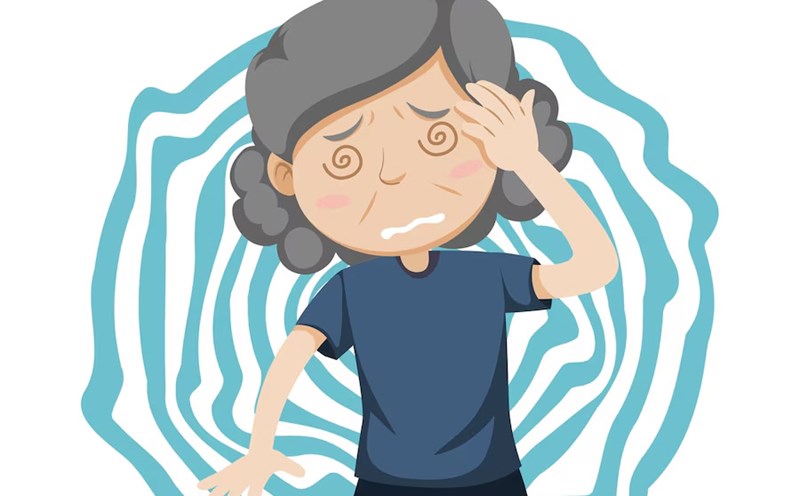If headaches were previously often associated with middle age, now, more and more young people in their 20s and 30s are facing this disease.
According to Dr. Keni Ravish Rajiv, senior consultant in neurology and head of the Department of Neurology (at Aster Hospitals, India), the Millennials are suffering from migraines with higher frequency, directly affecting their quality of life and work performance.
Causes of migraines in young people
First, excessive stress is identified as the biggest cause, accounting for more than 70% of cases. Work pressure, financial instability, and a rush to get into a life increase cortisol levels, leading to a prolonged headache, according to hindustantimes.
Second, digital stress from 7-9 hours of screen use per day. Young people are exposed to blue light too much, incorrect posture and circadian rhythm disorders, increasing the risk of migraines by 30%.
Third, unhealthy sleep. Working night shifts, staying up late to watch movies or using social networks can make lack of sleep chronic, double the risk of disease.
Fourth, diet and stimulants. The habit of overusing caffeine, skipping meals, eating processed foods, especially using energy drinks, has been shown to be directly related to the frequency of pain.
Fifth, migraines lasting from 4 to 72 hours, often accompanied by nausea, fear of light and noise, reduce labor productivity by 3-5 days per month, greatly affecting the lives of young people.
Tips for controlling and preventing migraines
Lifestyle management is a key factor, says Dr Rajiv. Young people should reduce screen time, practice yoga or meditation, drink enough water and maintain regular sleep.
In terms of health, in addition to painkillers and preventatives, vitamin B2, magnesium supplementation and cognitive behavioral therapy (CBT) can help reduce recurrence.
The most important thing is to recognize symptoms early and consult a neurologist for timely diagnosis and treatment.
Some quick pain relief tips are also recommended, such as: applying the 20-20-20 rule when using a screen.
For example: You work on a computer 8 hours a day. Every 20 minutes, stop typing, look out at a window, look at a tree or wall in the room for at least 20 seconds, and look at an object at a minimum distance of 20 feet (about 6 meters).
This activity helps your eyes relax, reduce dry burning, headaches, and limit migraines caused by digital stress.
In addition, record a diary to identify the cause of pain; limit caffeine below 200 mg per day; practice breathing, yoga to reduce stress; and apply cold compresses to the forehead when acute pain appears.
migraines in young people are not only a medical problem, but also a challenge for the quality of life and work.
The combination of lifestyle changes, medical interventions and proactive prevention habits will help the Millennials control this disease more effectively.











